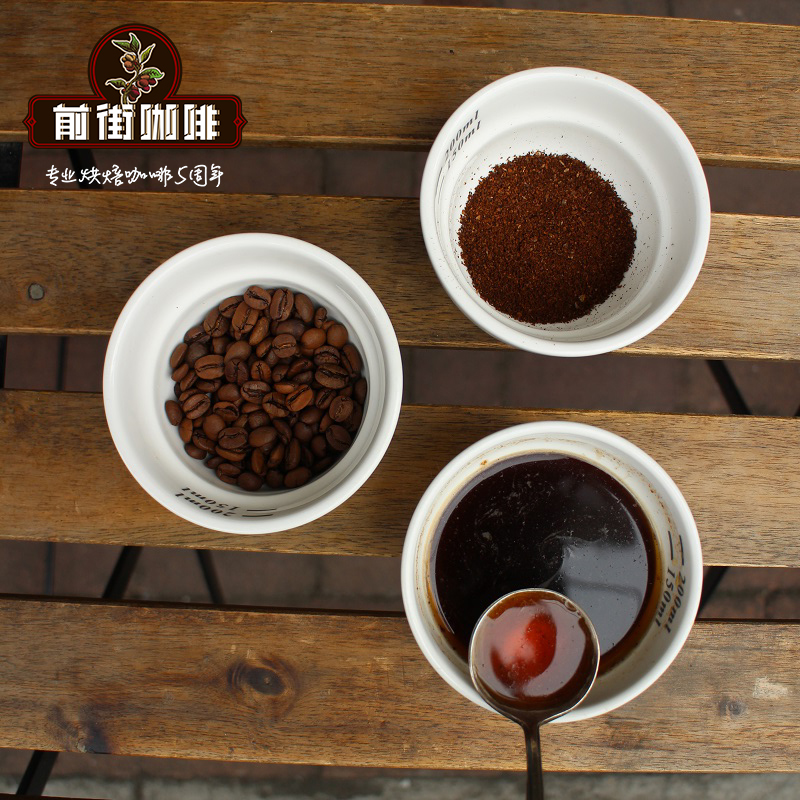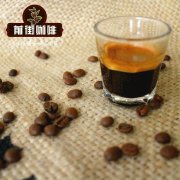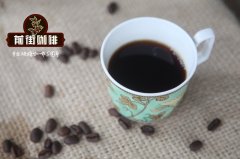What are the classification and characteristics of hand punching techniques? What's the difference between water cut and water cut?

Professional coffee knowledge exchange more coffee bean information please follow the coffee workshop (Wechat official account cafe_style)
What are the classifications and characteristics of hand punching techniques? What is the difference between the cut-off method and the continuous water method?
There is no doubt that six of the ten coffee shops like to use hand flushing.
"continuous Water Law"
Most of this technique is classified as "entry level".
Because this technique requires "stable young flow"
It is also the first difficult problem that people who rush their hearts often face.
In the film, you can see that meow fell into the water from the inside to the outside and then went back in circles after prepreg, and stayed in the middle for a long time.
This is because the cooking tools are tapered.
Coffee powder is more in the center and can be extracted more.
So that equilibrium extraction is also the technical point of this technique.
It took about two minutes to cook from start to finish.
This is because the current is slow and young.
Keep the coffee powder soaked, extracted and filtered out of the coffee.
Summary
Advantages: this technique enables coffee to maintain its proper acidity and sweetness (this cup is like a raisin) and its caramel-like finish is longer.
Disadvantages: but body and flavor are not very prominent.
I feel a little pale.
(coffee powder layer after brewing)
(2) hand flushing technique
When this technique was not popular at first,
Be hailed as an informal technique
This modus operandi when meow first came into contact
It is a lost way to slowly practice its skills.
As a result, I spent more than three months practicing more than ten cups a day.
It's called groping out something.
In the last article "extraction"
It has been mentioned that extracted coffee is divided into three parts: "sour", "sweet" and "bitter".
And the water cut-off method is to strengthen or reduce the weak extraction of each part.
In the film, meow can be seen after prepreg.
The coffee powder was "tumbled" with a large water column in the first water injection.
And raise the water level.
The second water injection uses a small water column to "tumble" the coffee powder.
This time it is not as exaggerated as the first water injection.
And the water level will not rise more than the coffee powder that has been pushed.
The last water injection uses a small water column to slowly make the coffee powder "soak" rather than "tumble".
"tumbling" is actually a concept of "extraction".
I'm sorry it wasn't mentioned in the last article.
The idea is to stir the coffee powder in the water.
Thus increasing the extraction.
This is like making tea bags by hand.
Both "soaking tea bag" and "stirring tea bag" can finally make a cup of tea, but the latter extract more.
But it is important to note that coffee is extracted with only 30% soluble flavor.
The rest are water-insoluble fibers.
If excessive tumbling, there is a chance to make "excessive extraction".
So the first two tumbles are for
Improve the "sour" and "sweet" of extracted coffee
The last bet didn't roll in order not to make the bitterness stand out.
Summary:
Advantages: this technique improves the extraction of sweet and sour parts.
"raisin-like flavor" immediately rose to "blackcurrant juice disadvantage: but the remaining rhyme is relatively short and weak when warm and frozen.
Important Notice :
前街咖啡 FrontStreet Coffee has moved to new addredd:
FrontStreet Coffee Address: 315,Donghua East Road,GuangZhou
Tel:020 38364473
- Prev

How to cook single beans in Italian coffee the difference between single coffee beans and Italian coffee beans?
Professional coffee knowledge exchange more coffee bean information please pay attention to the coffee workshop (Wechat official account cafe_style) how to cook single products with Italian coffee beans, please come professional I know that Italian coffee machine beans with mixed beans are more rich, with single beans taste more consistent today, I would like to drink a cup of coffee, but also due to the hand filter low pot of water is not good, want to
- Next

Do you want Italian coffee beans and American coffee beans to be re-baked? What is the best baking degree for Italian coffee beans?
Professional coffee knowledge exchange more coffee bean information please follow the coffee workshop (Wechat official account cafe_style) close to coked coffee beans, what's good? It turns out that this kind of bean is a formula bean. The manual bakery mixes all kinds of robusta beans with unique flavor, and of course, some Arabica beans are used as base beans, the purpose is to mix out the characteristics of the store, fragrant.
Related
- Detailed explanation of Jadeite planting Land in Panamanian Jadeite Manor introduction to the grading system of Jadeite competitive bidding, Red bid, Green bid and Rose Summer
- Story of Coffee planting in Brenka region of Costa Rica Stonehenge Manor anaerobic heavy honey treatment of flavor mouth
- What's on the barrel of Blue Mountain Coffee beans?
- Can American coffee also pull flowers? How to use hot American style to pull out a good-looking pattern?
- Can you make a cold extract with coffee beans? What is the right proportion for cold-extracted coffee formula?
- Indonesian PWN Gold Mandrine Coffee Origin Features Flavor How to Chong? Mandolin coffee is American.
- A brief introduction to the flavor characteristics of Brazilian yellow bourbon coffee beans
- What is the effect of different water quality on the flavor of cold-extracted coffee? What kind of water is best for brewing coffee?
- Why do you think of Rose Summer whenever you mention Panamanian coffee?
- Introduction to the characteristics of authentic blue mountain coffee bean producing areas? What is the CIB Coffee Authority in Jamaica?

